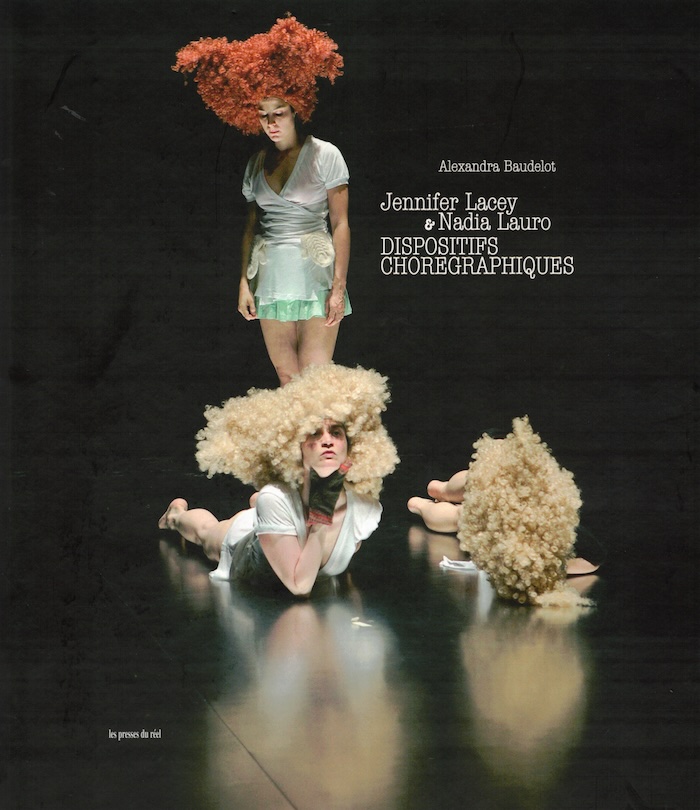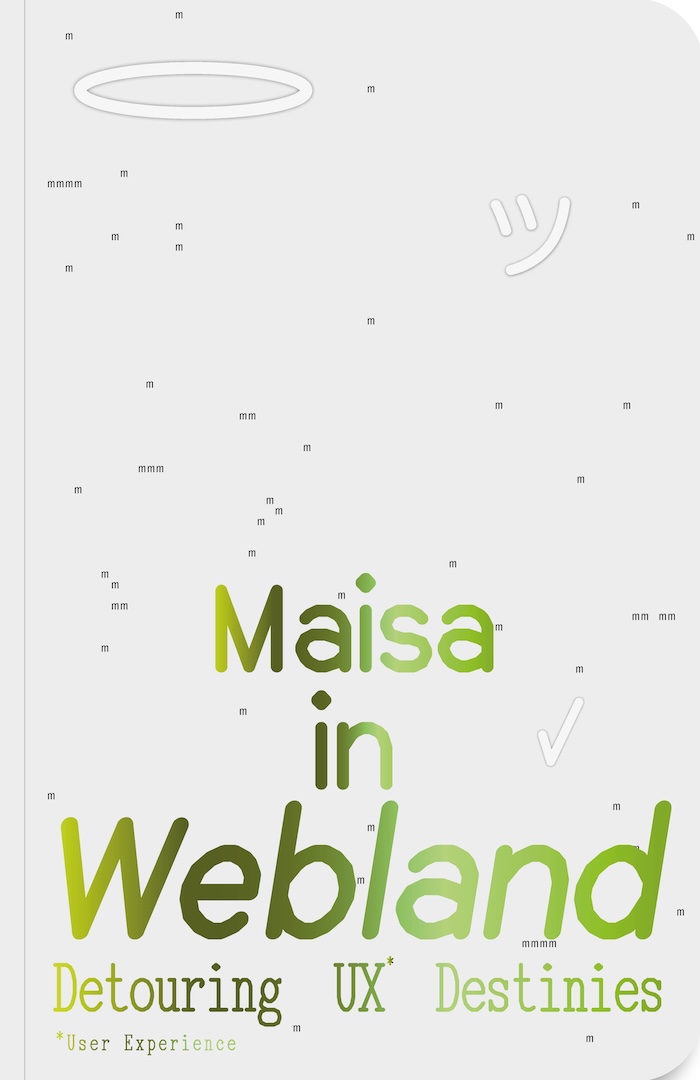
Bibliographic Performances & Surrogate Readings
Bibliographic Performances & Surrogate Readings delves into the imaginative realm of books and libraries and the interpretive structures of subject bibliographies.
It is the first monograph of its kind to historicize, theorize, and survey two decades of what the author refers to as contemporary visual bibliography or experimental subject bibliography—artistic and poetic projects that explore artifactual, intellectual, spatial, and design possibilities.
Ranging from artists’ books and web data-bases to stack interventions and reading room installations, Bibliographic Performances & Surrogate Readings reviews over fifty compelling visio-bibliographic examples created by diverse, international cultural workers.




